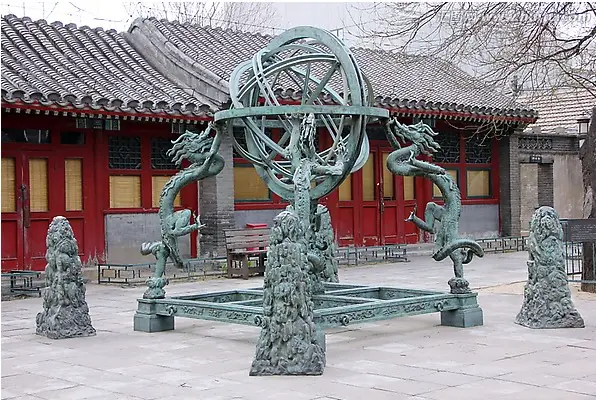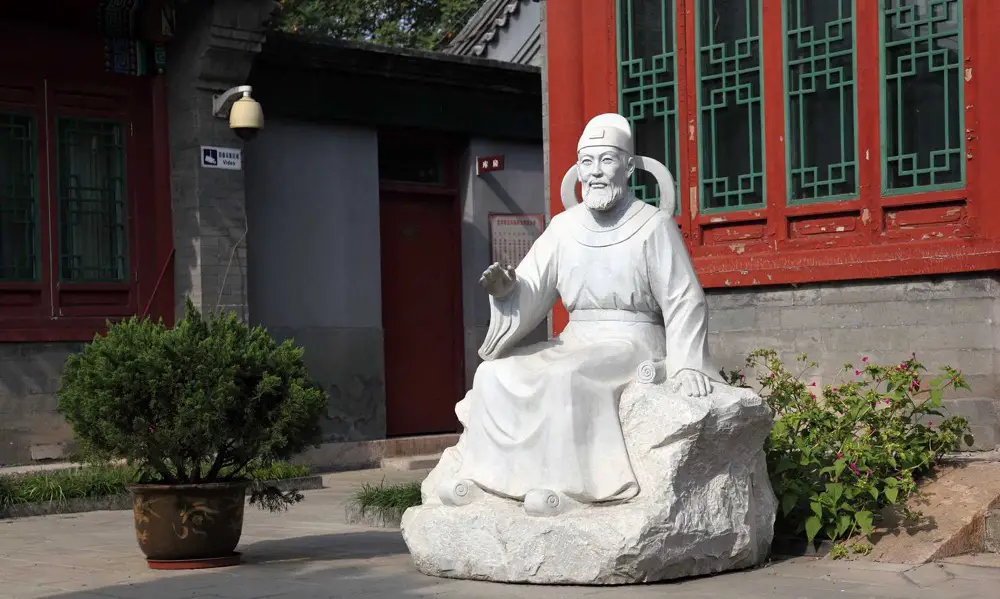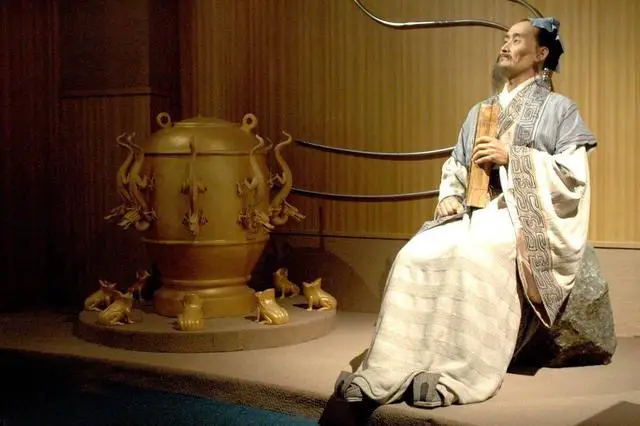Invented around the first century, the armillary sphere was used for millennia to calculate the position of different celestial bodies relative to one’s position on Earth. Although today it is considered to have crude accuracy, it nevertheless survives as a helpful teaching tool.
What is an armillary sphere?

An armillary sphere is a skeletal celestial globe model with the Earth or, later, the Sun in the center.
It comprises two major parts: the sphere and the stand. The sphere itself, which was frequently made and used alone, is at the core of the armillary sphere. The sphere’s central body denotes the Earth, which was thought to be the heart of the universe.
The rings that define the sphere are the colures and the equator. They represent the firmament, where the fixed stars reside. The band slanting at an angle to the equator represents the zodiac. The line through the middle of the band outlines the ecliptic, which is the Sun’s path through the sky. The bandwidth is set at about ±9° to accommodate the travel of the planets and the moon overhead and under the Sun’s path. The constellations also fall laterally along this band.
What is an armillary sphere used for
The armillary sphere was used as an astronomical instrument for determining celestial positions. Today, it is seen as a reflection of Chinese cosmology and is used to learn how they viewed the sky as a realm with circles portraying celestial movements.
Chinese armillary sphere history

In ancient China, from around 1 BCE, the armillary sphere was the most important kind of astronomical instrument. After the Han dynasty in the third century, the armillary sphere’s structure became increasingly sophisticated, with more rings representing different celestial movements recognized by Chinese astronomers. By the eighth century, the Chinese armillary sphere consisted of three concentric bands that revolved around the south-north polar axis. The position of the bands could be modified to account for equinox precession and the recurrence of the moon’s endpoints along the Sun’s path.
To compensate for the flaw caused by too many bands, Guo Shoujing built the simplified instruments in the late thirteenth century, which rearranged the bands of the armillary sphere into the different devices used to measure equatorial and horizontal coordinates. The armillary sphere was kept because it perfectly depicted celestial movements. Today, you can view a fifteenth-century reproduction of Guo Shoujing’s armillary sphere.
Who invented the Chinese armillary sphere?

Zhang Heng (78–139 CE) is credited with the invention of the Chinese armillary sphere. He was from Xi’e, Nanyang, in modern-day Henan Province, and was a well-known mathematician, astronomer, inventor, and scholar. One of his most famous works is Hun yi (the armillary sphere). Zhang Heng believed in the cosmic Huntian theory, which held that the universe was circular, the Earth was motionless and square, and the stars, Sun, and moon circled the universe.
When was the armillary sphere invented?
In 117 CE, Zhang Heng made the first ever water-powered armillary sphere. The globe was linked to a water clock, from which water dripped to make the sphere turn at a predetermined rate.
How does an armillary sphere work
Using the armillary sphere, you can compute the location of things in the sky in relation to a viewer on Earth. Once you establish the position of a celestial object (a star, the Sun, the moon, or a planet) whose position on the ecliptic is known, you will tell where everything else is.
Conclusion
The armillary sphere is one of the most fabulous creations of the Han dynasty era. Like several of these inventions from that era, it has survived as a valuable device for many years. Many armillary spheres in the West today serve as essential teaching tools and collectible items.